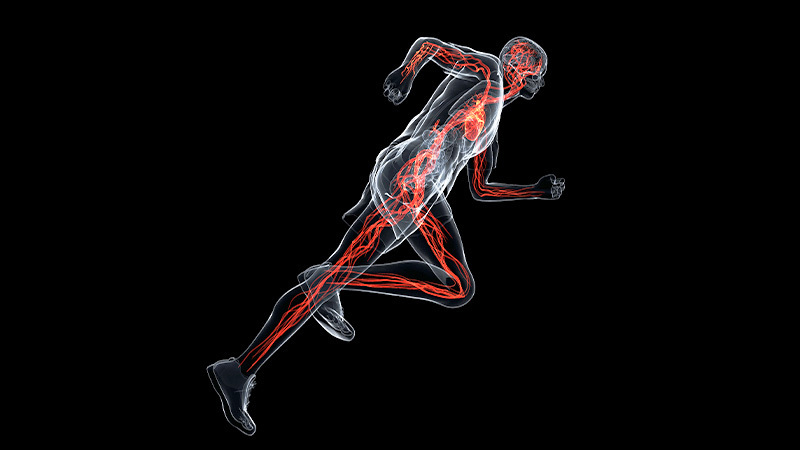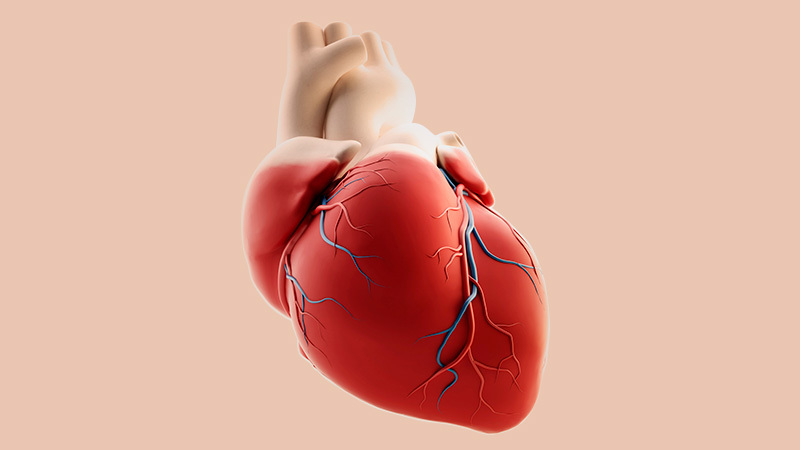A subanalysis of Japanese patients in the ENVISAGE-TAVI AF trial showed that, consistent with the global results, edoxaban was associated with numerically lower rates of net clinical events and slightly higher rates of severe bleeding compared with vitamin K antagonists (VKAs), according to Dr. Yusuke Watanabe of Teikyo University, who presented the results at the Late Breaking Clinical Trials session at the 86th annual meeting of the Japanese Cardiovascular Society.
Edoxaban Vs. Vitamin K Antagonists for Atrial Fibrillation After TAVR in Japanese Patients: A Subanalysis of ENVISAGE-TAVI AF Trial

The ENVISAGE-TAVI AF trial randomized 1,426 patients with atrial fibrillation indicated for oral anticoagulants with successful TAVR enrolled from 173 centers in 14 countries including Japan to receive either edoxaban (713 patients) or VKA (713 patients). Doses of edoxaban were limited to 60mg/day. This study examined outcomes in a subgroup of Japanese patients (159 patients), and out of those, 82 patients were assigned to the edoxaban group and 77 to the VKA group.
The average age of the Japanese patients was about 84 years, which was slightly older than the patients in the global population (about 82 years). The mean body weight and BMI of the Japanese patients were about 53 kg and 22kg/m², respectively, which were lower than the global population (about 75kg and 28kg/m2). The mean creatinine clearance was lower (about 43 mL/min) compared to the global population (about 58 mL/min). The percentage of patients who met the criteria for the edoxaban dose adjustment (30 mg) was about 86% in Japanese patients, compared to about 46% in the global population.
After 2 years of follow-up, the rates of net clinical events (all-cause mortality, MI, ischemic stroke, systemic thromboembolic events, valve thrombosis, and severe bleeding), the primary efficacy endpoint, were similar between the edoxaban and VKA groups in Japanese patients (10.9%/yr vs 12.5%/yr: HR 0.85 [95% CI 0.38-1.90]). There was no significant difference between the two groups in the global population, but the rate of events was higher compared to the Japanese patients (17.3%/yr vs. 16.5%/yr: HR 1.05 [95%CI 0.85-1.31]).
In Japanese patients, the rate of the primary safety endpoint of severe bleeding (clinically apparent bleeding with hemoglobin ≥2 g/dL drop, transfusion, symptomatic bleeding at critical sites, and fatal bleeding) was slightly higher in the edoxaban group (8.9%/yr vs 7.3%/yr: HR 1.17 [95%CI 0.45-3.05]). The global population showed a similar trend (9.7%/yr vs. 7.0%/yr: HR 1.40 [95% CI 1.03-1.91]), but the hazard ratio was smaller for Japanese patients.
Gastrointestinal bleeding was the leading cause of severe bleeding, with an overall rate of 5.4%/patient in the edoxaban group and 2.7%/patient in the VKA group (HR 2.03 [95% CI 1.28-3.22]), compared with 2.8%/patient/yr in the edoxaban group and 4.1%/patient/yr (NC) in the VKA group for Japanese patients.
Dr. Watanabe summarized, “In a subgroup analysis of Japanese patients, the difference in clinical outcomes between the edoxaban and VKA groups was minimal, and these results suggest that edoxaban is an alternative treatment choice to VKA in patients with atrial fibrillation after TAVR.”
The 86th Annual Scientific Meeting of the Japanese Circulation Society
ご注意 当サイト内の全ての記事と動画の転載・転送はご遠慮ください。なお、法律上保護されたコンテンツの無許可の転載、複製、転用等は、当該コンテンツの権利者等から損害賠償請求その他の法的手続を申し立てられ、事案によっては処罰される可能性、また、故意にそれらを受け取った場合も同様の措置を受ける可能性がございます。ご不明な点がございましたら当社までご連絡ください。




